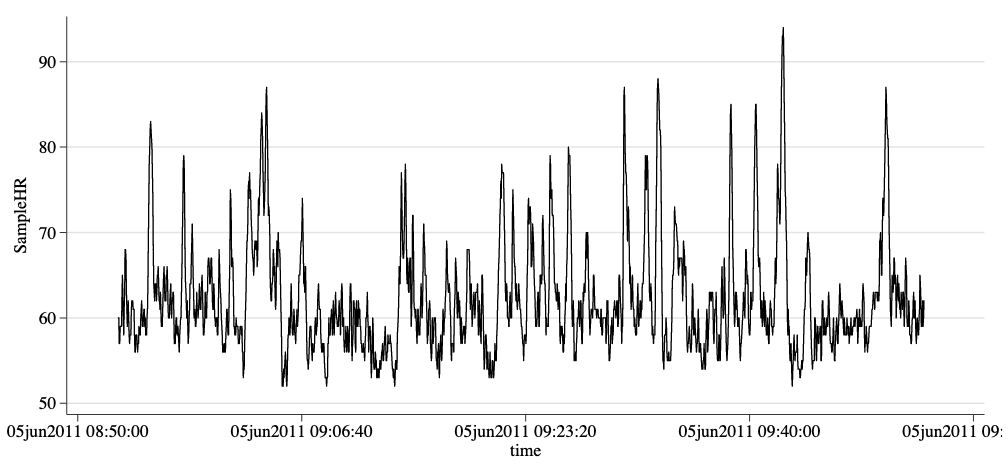Evaluating experience sampling of stress in a single-subject research design
(Master’s thesis), Personal and Ubiquitous Computing
Abstract
How can we measure subjective experiences or internal states? The rise of happiness as a variable of interest in policy decisions, for instance, necessitates appropriate methods for valid and practical measurements. This self-experimental work contributes to scientific development by analysing and evaluating three methods for recording stress: the experience sampling method with a smartphone, an adapted version of the day reconstruction method (DRM, a diary method) and an ubiquitous biophysical measure of the heart rate. All three methods yield significant treatment effects for eight “natural experiments” as stressors. Surprisingly, the DRM outperforms the other two methods in a simple factor analysis and appears to have no recall bias. Also reactivity has no substantial impact, and an applied researcher should minimise the complexity of the input (amount and type of questions, interface and integration) rather than reduce the number of prompts. Some evidence suggests a Likert-type scale should be preferred over a continuous one. This work also reflects upon the nature of single-subject research and the role of the experimenter.

Useful things
- I was one of the first members of the London Quantified Self (QS) community.
More content
- A decade of personal records. In: STRESSED OUT
- Presentations and slides are on the old London QS repository